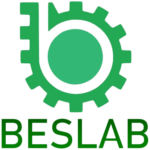Miscellaneous
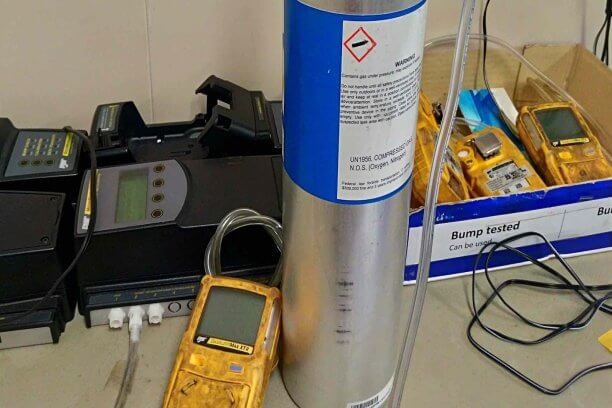
Calibration is performed by highly trained calibration officers and high-tech equipment to provide results that will give you confidence in the capabilities of your pressure measuring equipment.
Service includes:
Gas Detector Calibration

A gas detector is used to detect the presence of harmful gases in an area. It is an essential tool in environments where toxic, flammable, or hazardous gases may be present. Gas detectors are commonly used in industrial, commercial, and residential settings to ensure safety.
pH Meter Calibration
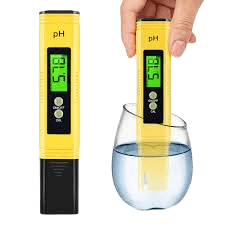
A pH meter is an instrument used to measure the pH level of a solution, which indicates its acidity or alkalinity. The pH scale ranges from 0 to 14, with values below 7 being acidic, values above 7 being alkaline (basic), and a value of 7 being neutral.
Conductivity Meter Calibration
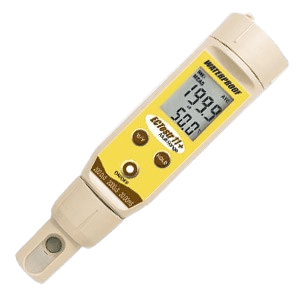
Conductivity meters are widely used to assess the quality of water, such as in drinking water, wastewater, or natural bodies of water. Higher conductivity in water usually indicates a higher level of dissolved solids (like salts or minerals), which can affect water quality.
Sound Level Meter Calibration
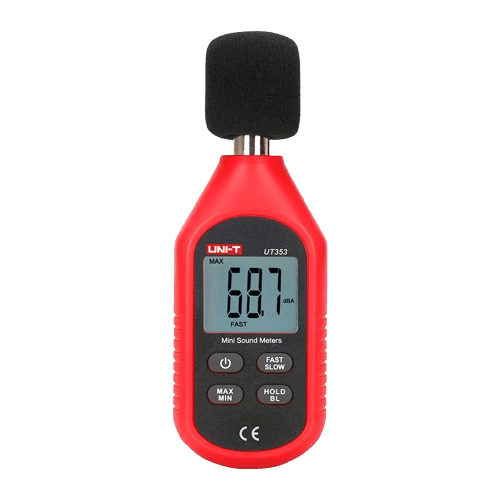
A sound level meter is an instrument used to measure the intensity or loudness of sound in a given environment. It measures sound pressure levels, typically in decibels (dB), and is used to assess noise levels to ensure they are within safe, acceptable, or regulatory limits.
Coating Thickness Gauge Calibration
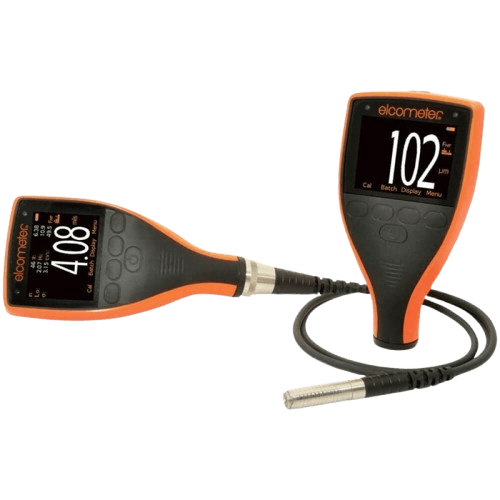
A coating thickness gauge/paint thickness gauge is an instrument used to measure the thickness of coatings or layers applied to a substrate (such as paint, varnish, or metal plating). It is commonly used in industries where coatings are applied for protection, aesthetic purposes, or to improve the performance of a material.
Ultrasonic Thickness Gauge Calibration
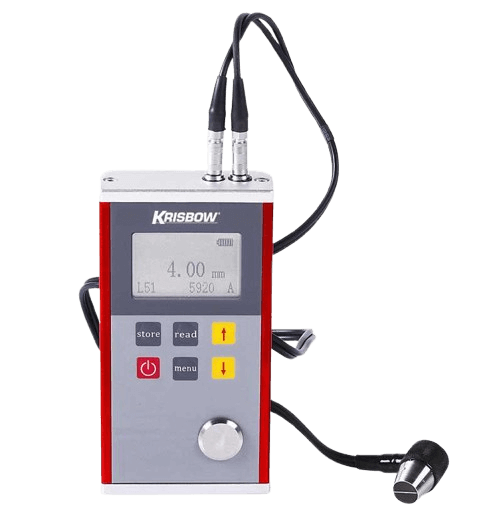
An ultrasonic thickness gauge is an instrument used to measure the thickness of materials, typically metals, plastics, and ceramics, by using ultrasonic sound waves. The gauge works by sending a high-frequency sound wave through the material, and then measuring the time it takes for the sound wave to travel through the material and reflect back to the sensor.
